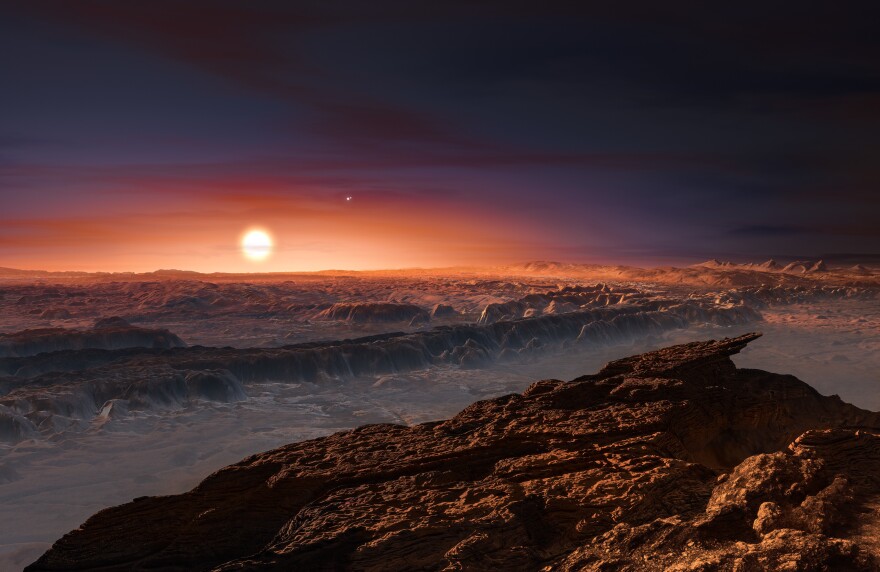If the Milky Way galaxy were the size of the continental United States, Proxima Centauri, our nearest neighboring star, would be about one-tenth of a mile away.
Last week scientists discovered a new planet as it was orbiting Proxima Centauri. They’re excited by the discovery because it exists in Proxima Centauri’s habitable zone. This area, also called the goldilocks zone, is where liquid water can exist due to energy from the star.
According to Stony Brook University’s Dr. James Lattimer, in order for life as we know it to exist, it needs water, energy and carbon.
“From our understanding that chemical compositions through the Universe don’t differ significantly from one stellar system to another, there’s every reason to believe that carbon would be present, that water should be present.”
The new planet potentially fulfills two of the three ingredients of life just by being in the right place.
However...
“We don’t know that the planet has a significant atmosphere. We don’t know if the planet is tidally locked, so that one side of the planet is baked by the sun, and the other side is exposed to the cold of space.”
Scientists hope to eventually use more advanced telescopes to directly view the planet.
“But now that we know that there’s a planet there, experiments will be designed to probe that planet, even without going there.”
But for now, all we can do is look and wonder.


